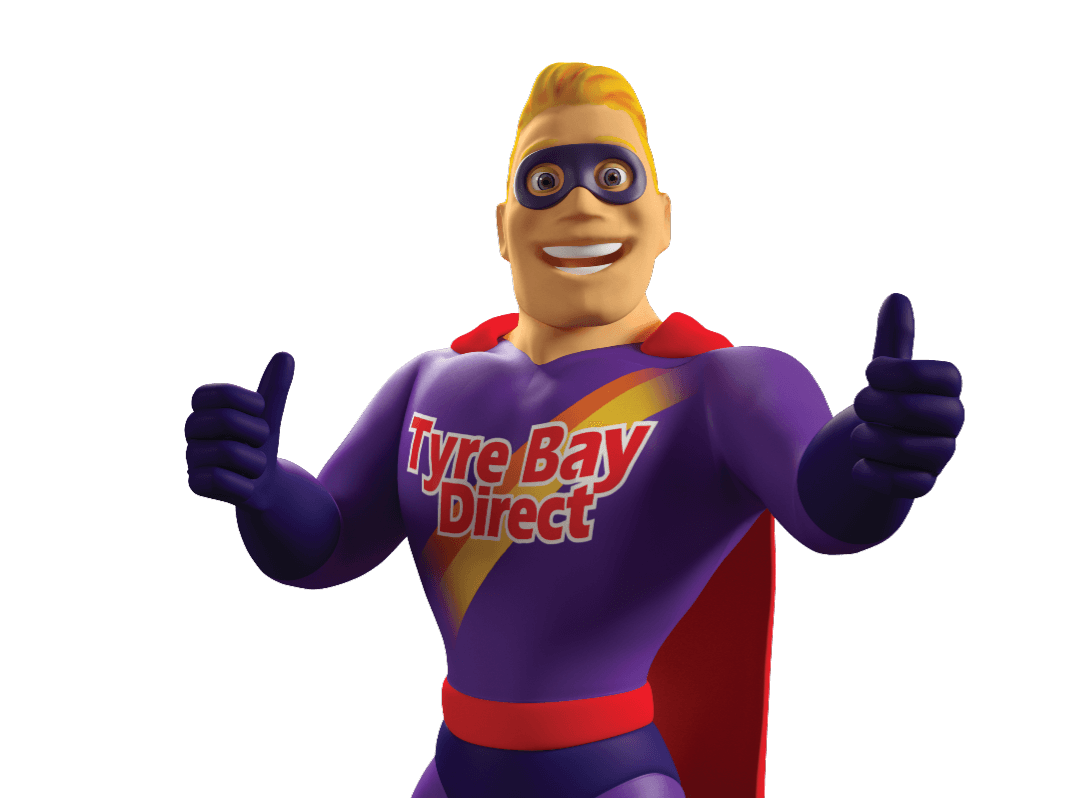Latest News, Tyre Bay Direct, Wheel Balancers
What Are the Different Types of Wheel Balancers?
What Are the Different Types of Wheel Balancers?
New to the world of wheel balancers? On your travels, there are three main types of machine you’re likely to have encountered: manual, semi-automatic and fully automatic. The question is: what do all of these terms mean, and what makes each one different?
We’ll take a look at each of these types of machine in the guide, before summarising at the end to help you decide which one is right for you.
Manual
The entry-level category of wheel balancers. Manual machines are the simplest option out there, and the most affordable, but they’re no less accurate or capable than semi or fully-automatic alternatives.
The only real downside to manual wheel balancers is that they’re less user-friendly and less efficient. That’s because, with these machines, the user has to input the wheel rim data manually – meaning rim width, rim diameter and offset. On some wheels, measuring or determining some of these parameters can be a little time-consuming, which is a no-no in a busy garage that balances tons of wheels on a daily basis.
Two subcategories of manual wheel balancers are available: hand spin and motorised. Hand spin models require the user to manually spin the wheel to initiate the balancing process, at which point an electric motor will kick in to do the rest of the work. Motorised models remove that burden, handling the balancing process once the hood is lowered.
Although hand spin models are a little more labour-intensive, they do have one distinct advantage: size. Without a hood, they’re the most compact option around – ideal for small workshops and mobile tyre fitting services.
Semi and fully-automatic
Semi and fully-automatic balancers seek to speed up the balancing process, saving the operator valuable time. Although they’re no more accurate, they do eliminate the risk of human error to a large extent, guaranteeing correct results every time provided they’re in good working order.
- Semi-automatic machines measure offset and rim diameter automatically, but still require the operator to measure the rim width
- Fully automatic models sense all three parameters, saving yet more precious time
Which is right for you?
Ultimately, this decision comes down to how you plan to use your wheel balancer. To make your choice a little easier, we suggest…
- For mobile installations and compact workshops: Manual hand spin
- For light usage and improved user-friendliness: Manual motorised
- For moderate usage and great value for money: Semi-automatic
- For garages intending to make wheel balancing a bread and butter service: Fully-automatic
Explore our complete range of wheel balancers today to find a machine that ticks all your boxes. And don’t forget: we offer PayPal Pay in 3, allowing you to spread the cost!

